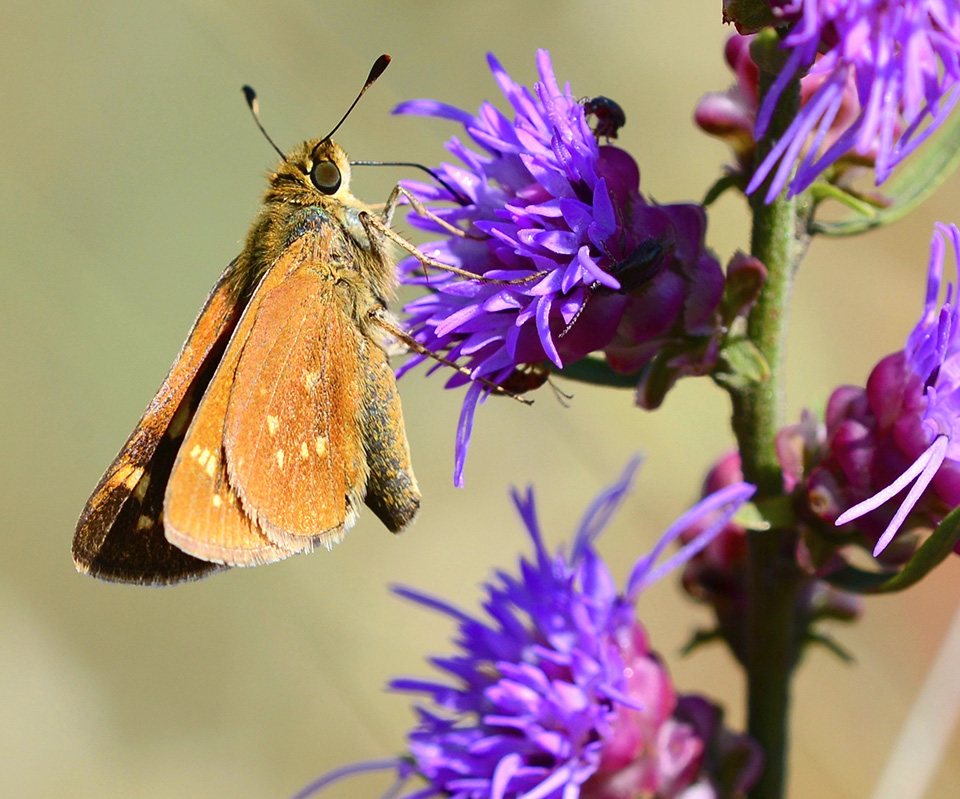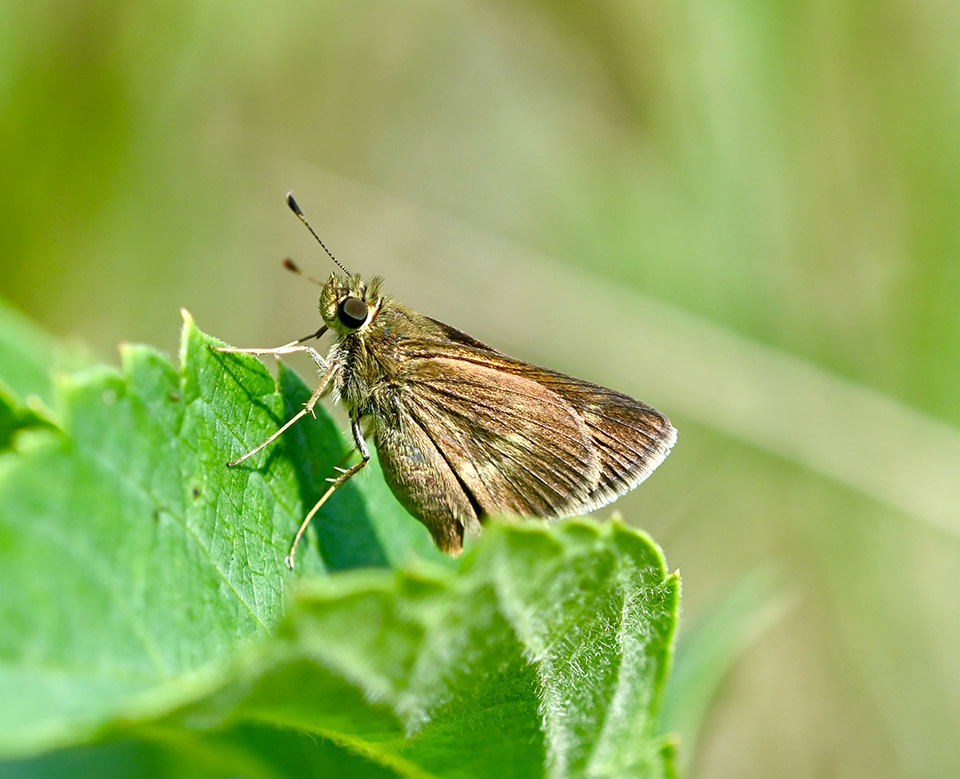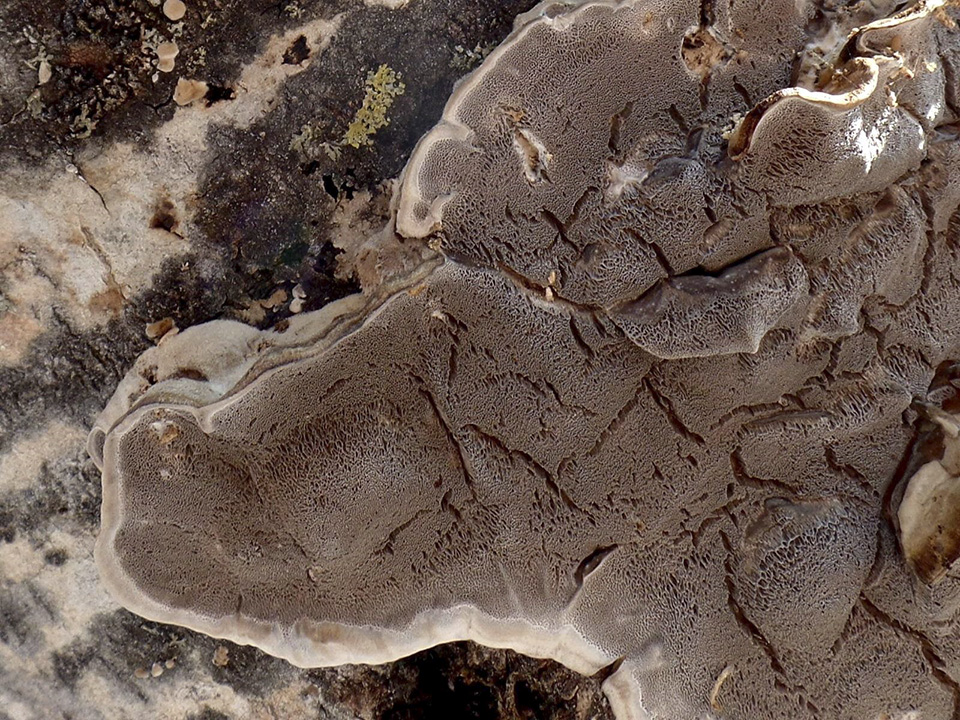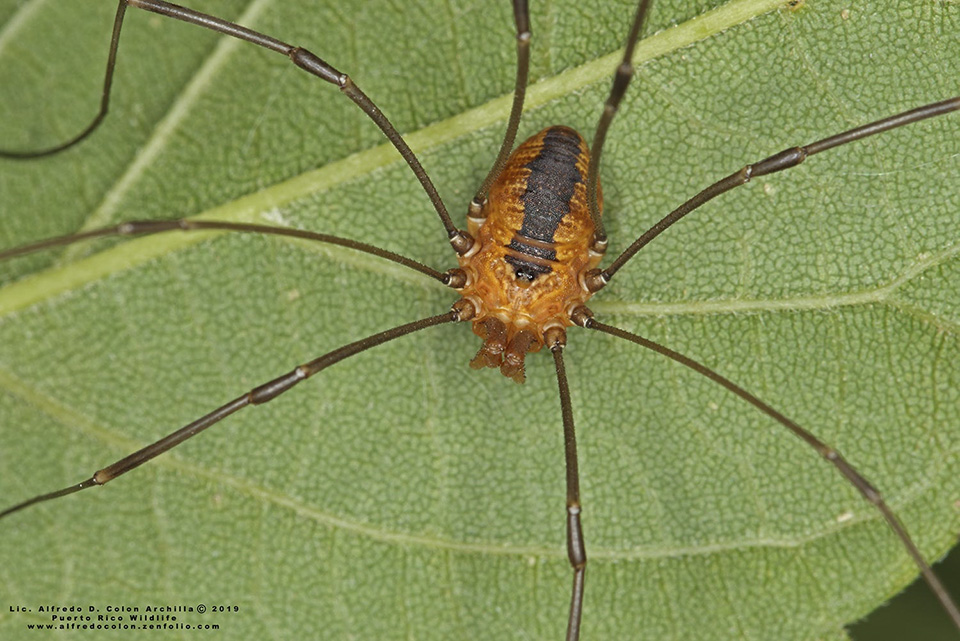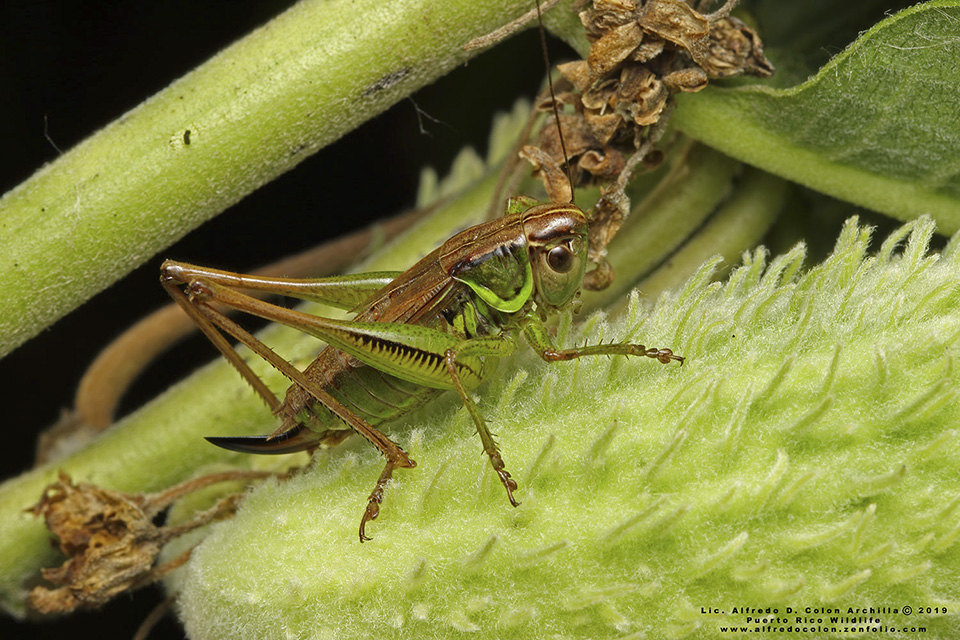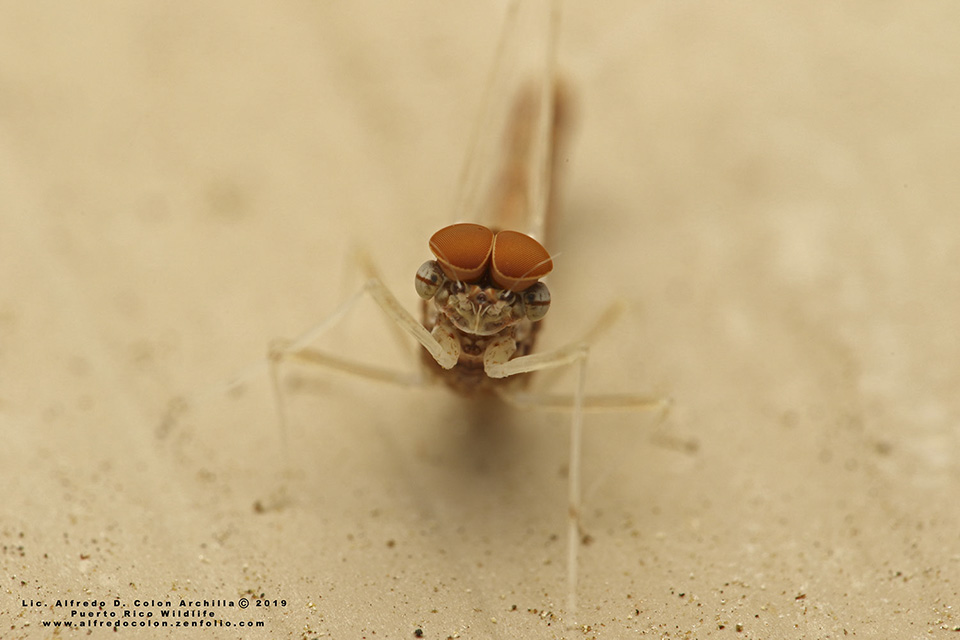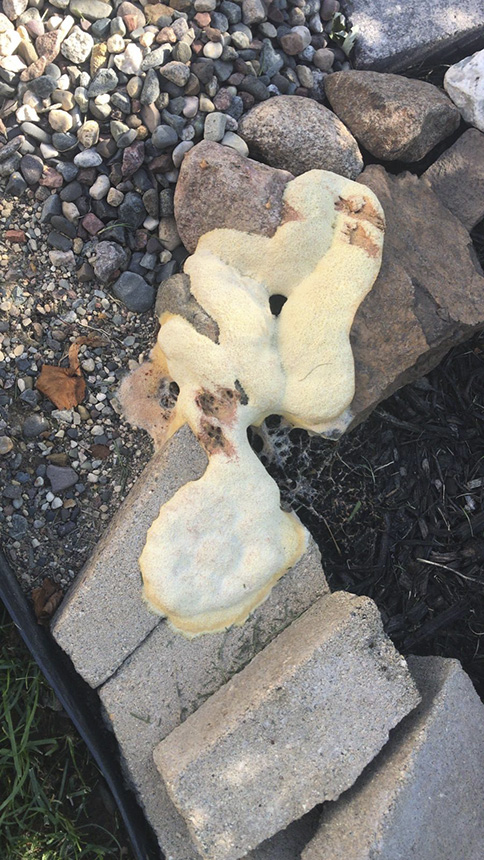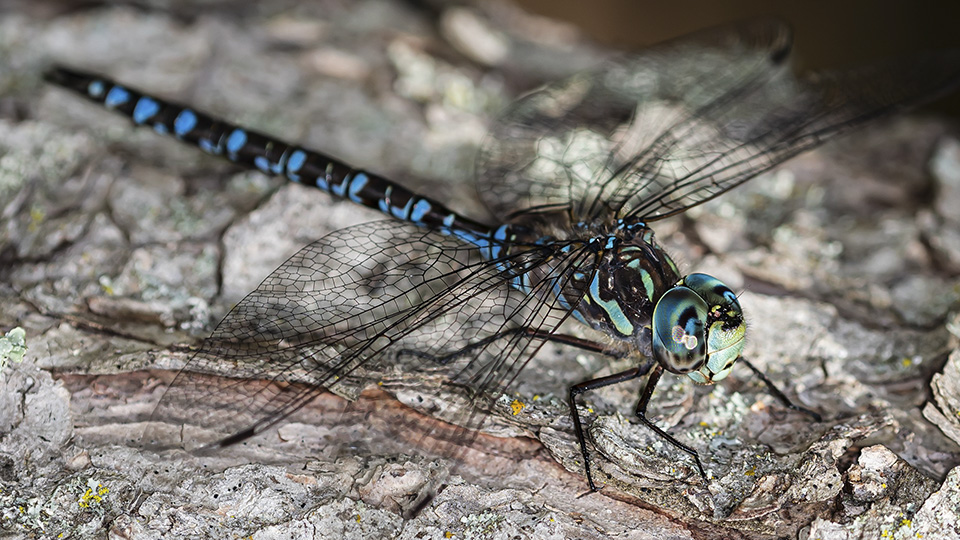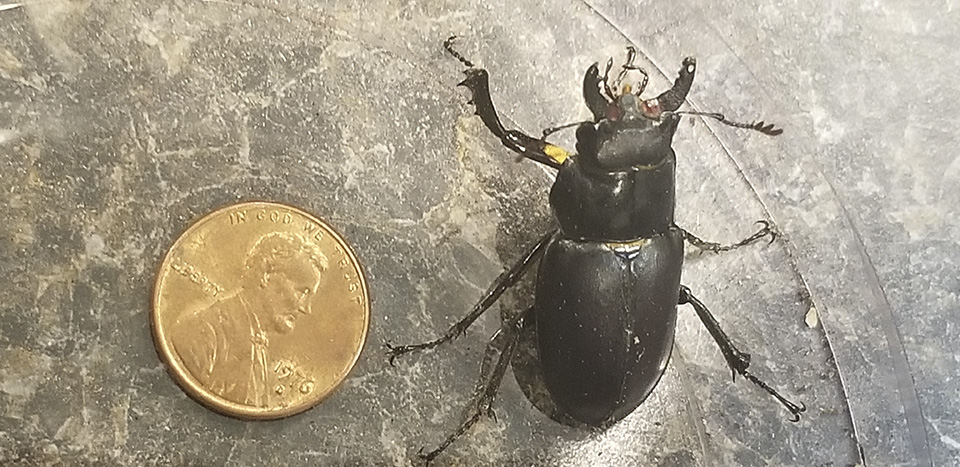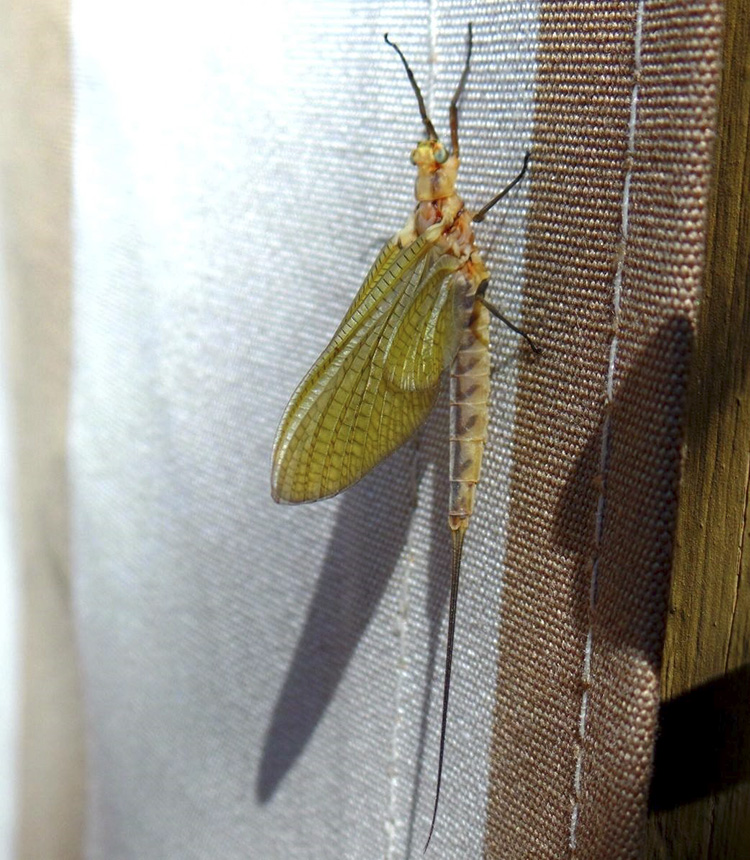
Giant mayfly (Hexagenia limbata) is a large “common burrower” mayfly. It is very widespread, occurring in the United States and southern Canada from the east coast to the Great Plains and on the west coast. It is mostly absent from the desert and mountain regions in the west. It is the most common mayfly in the Midwest, and is common in Minnesota.
Larvae are found in organic, silty or mucky bottoms of lakes, ponds, and rivers, usually about three meters below the water surface. They feed on organic material suspended in the water. Immature adults are found on trees and bushes on shores near the bodies of water from which they emerged. Adults are found flying in swarms over land near the water body. They do not feed and live from just a few hours to a few days. Emergences are synchronized and can produce swarms so large that they can bee seen by weather satellites. Snow plows are sometimes used to clear dead mayflies off of roads.
Giant mayfly is said to be the largest mayfly in the United States. It can be more than one inch in length, not including two hair-like “tails” that can be equally long. The body may be yellow, yellowish-brown, brown, or even white. Aside from its very large size, giant mayfly is identified by the wing veination, and by the four-segmented end part (tarsus) of the hind leg.

